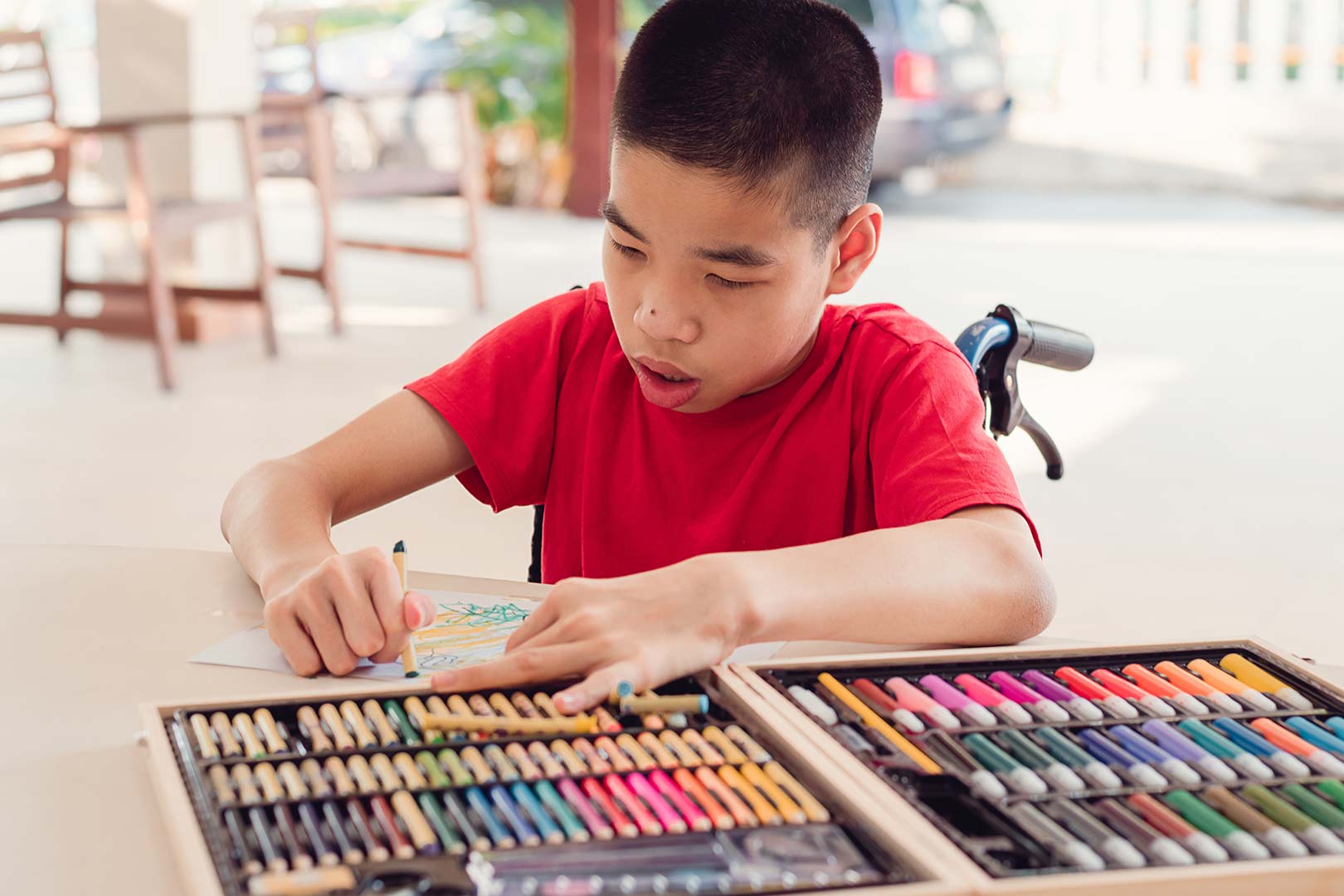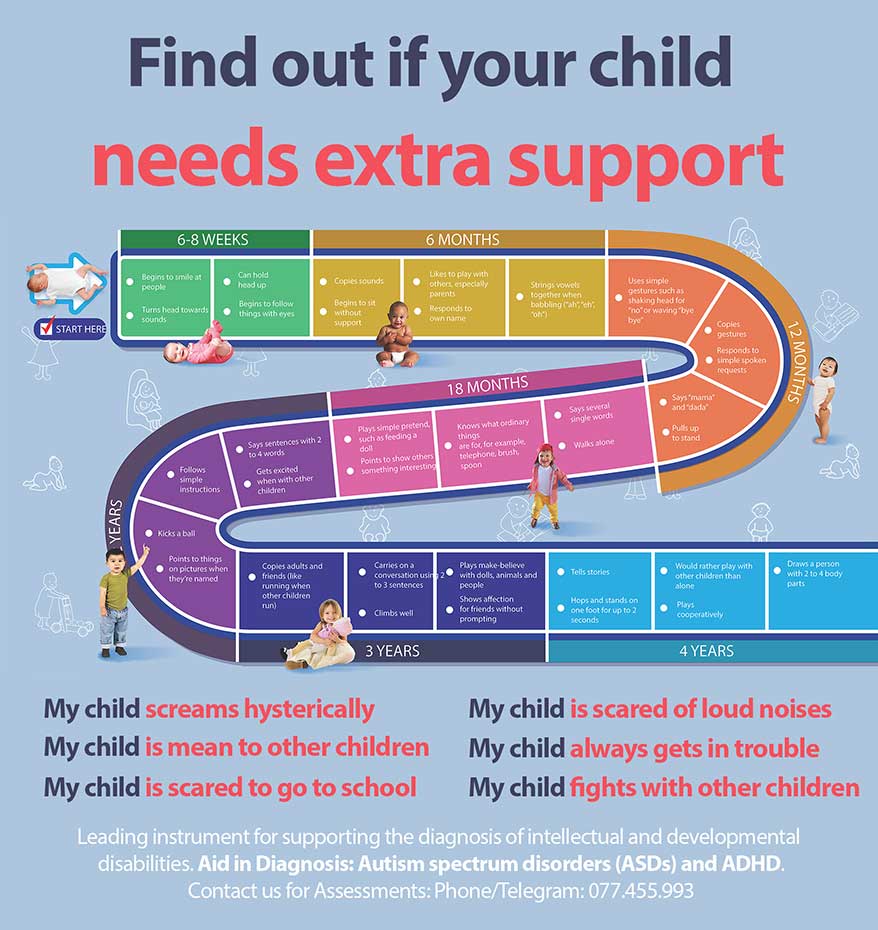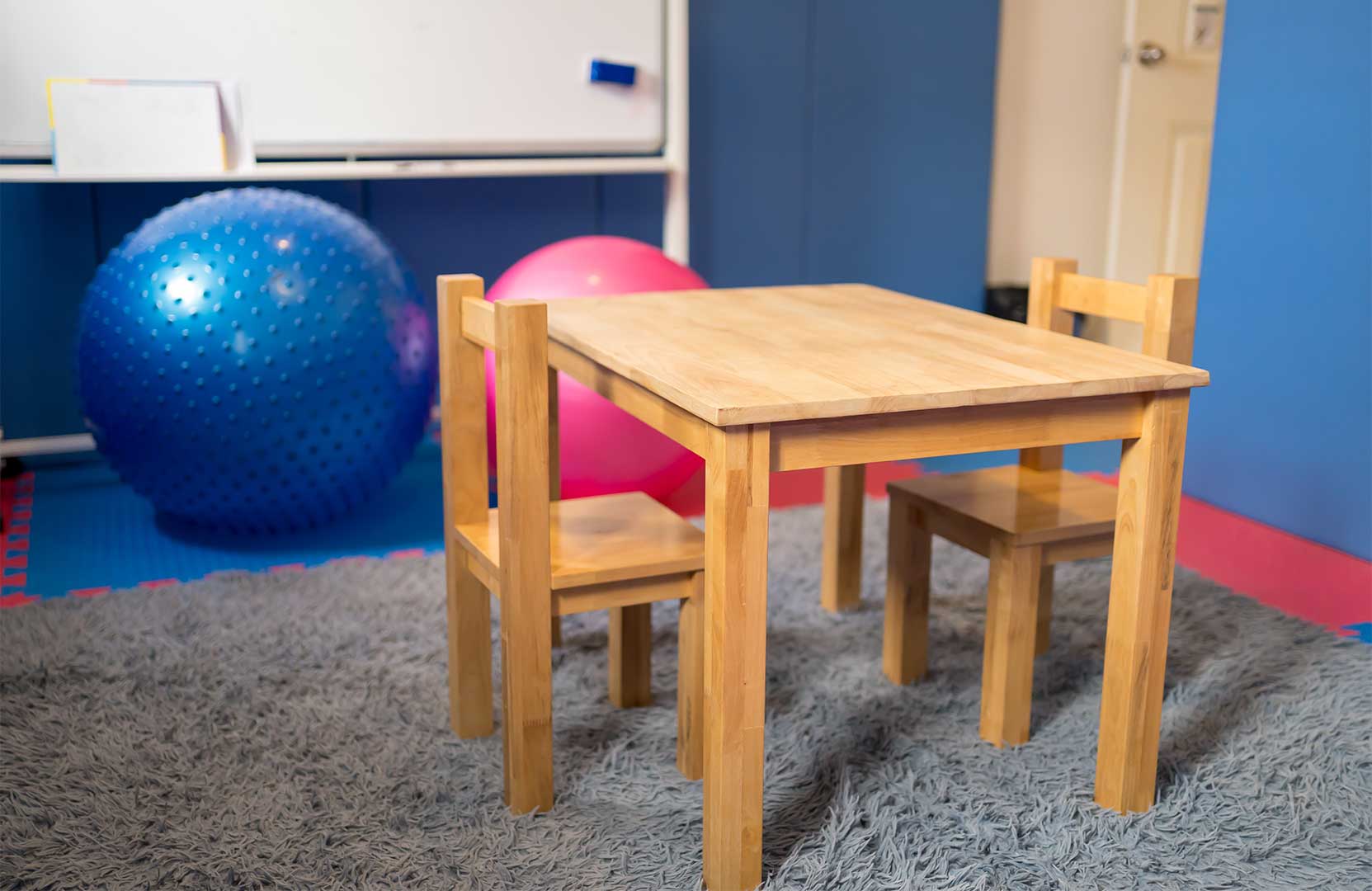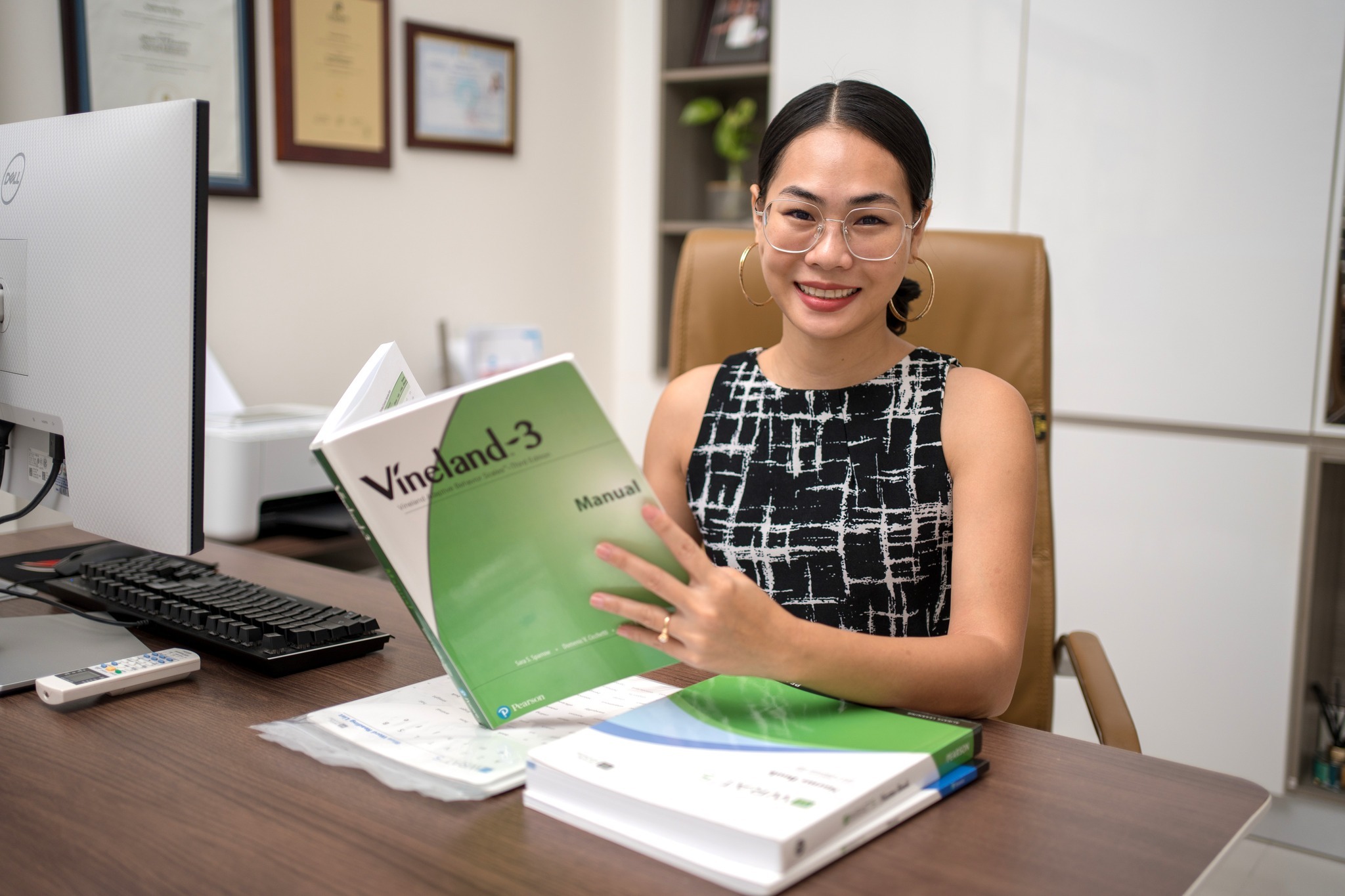Differentiated instruction is a teaching approach that tailors instruction to meet the individual needs of all students. It is a powerful tool for creating an inclusive classroom where all students can succeed. In the special education classroom, differentiated instruction is essential for ensuring that all students have access to the general education curriculum and can make meaningful progress towards their IEP goals.
What is differentiated instruction?
Differentiated instruction is not about creating different lesson plans for each student. Instead, it is about providing students with different options for how they learn, make sense of information, and express what they know. This can be done by varying the content, process, product, and/or learning environment.
Content: This refers to the information that students are learning. In a differentiated classroom, students may have access to different texts, videos, and other resources that are appropriate for their learning level and interests.
Process: This refers to the way that students learn. In a differentiated classroom, students may have the opportunity to learn through different activities, such as hands-on projects, cooperative learning groups, and independent research.
Product: This refers to the way that students demonstrate their learning. In a differentiated classroom, students may have the option to choose from different products, such as essays, presentations, and creative projects.
Learning environment: This refers to the physical and emotional space in which students learn. In a differentiated classroom, the teacher may create different learning zones to accommodate different learning styles. For example, there may be a quiet area for students who need to focus, and a more active area for students who learn best by moving around.
How to use differentiated instruction in the special education classroom
There are many different ways to use differentiated instruction in the special education classroom. Here are a few tips:
- Start by getting to know your students. Learn about their learning styles, interests, and needs. This will help you to tailor your instruction to each student.
- Provide students with choices. Give students the opportunity to choose how they learn, make sense of information, and express what they know. This will help to motivate students and engage them in their learning.
- Use a variety of teaching strategies. Don’t rely on one teaching strategy for the entire class. Use a variety of strategies to reach all learners.
- Group students flexibly. Group students together based on their needs and learning goals. This will allow you to provide more targeted instruction.
- Use technology to support differentiated learning. There are a variety of technology tools that can be used to support differentiated learning. For example, students can use text-to-speech software to read texts that are too difficult for them to read independently.
Here are a few specific examples of how to differentiate instruction in the special education classroom:
- Content: Provide students with different texts and resources at different reading levels. For example, you could provide students with a nonfiction article about a topic that they are interested in, as well as a graphic novel that covers the same topic.
- Process: Give students the opportunity to choose how they learn. For example, you could allow students to choose between completing a workbook assignment, working on a group project, or creating a presentation.
- Product: Provide students with the option to choose how they demonstrate their learning. For example, students could choose to write an essay, create a poster, or record a video.
- Learning environment: Create different learning zones to accommodate different learning styles. For example, you could create a quiet area for students who need to focus, and a more active area for students who learn best by moving around.
Benefits of differentiated instruction in the special education classroom
Differentiated instruction has many benefits for students with special needs, including:
- Increased student engagement: When students are given choices and have the opportunity to learn in a way that is meaningful to them, they are more likely to be engaged in their learning.
- Improved academic achievement: Students with special needs who receive differentiated instruction are more likely to achieve their academic goals.
- Increased self-confidence: When students are successful in their learning, their self-confidence increases.
- Improved social-emotional skills: Differentiated instruction can help students with special needs to develop important social-emotional skills, such as self-advocacy and problem-solving.
Differentiated instruction is a powerful tool for creating an inclusive classroom where all students can succeed. In the special education classroom, differentiated instruction is essential for ensuring that all students have access to the general education curriculum and can
Find out if your child needs extra support today!
- My child screams hysterically
- My child is mean to other children
- My child is always worried
- My child is scared to go to school
- My child is scared of loud noises
- My child doesn’t know how to read
- My child is scared to play outside
- My child does not respond to his name
- My child always gets in trouble
- My child fights with other children
- My child doesn’t know how to count
If you are concerned about your child’s development, contact us for Assessments: Phone/Telegram: 077.455.993 – Telegram Link: https://t.me/OrbRom
If you are concerned about your child’s development, contact us for Assessments.
Phone/Telegram: 077.455.993 Link: https://t.me/OrbRom






Leave A Comment